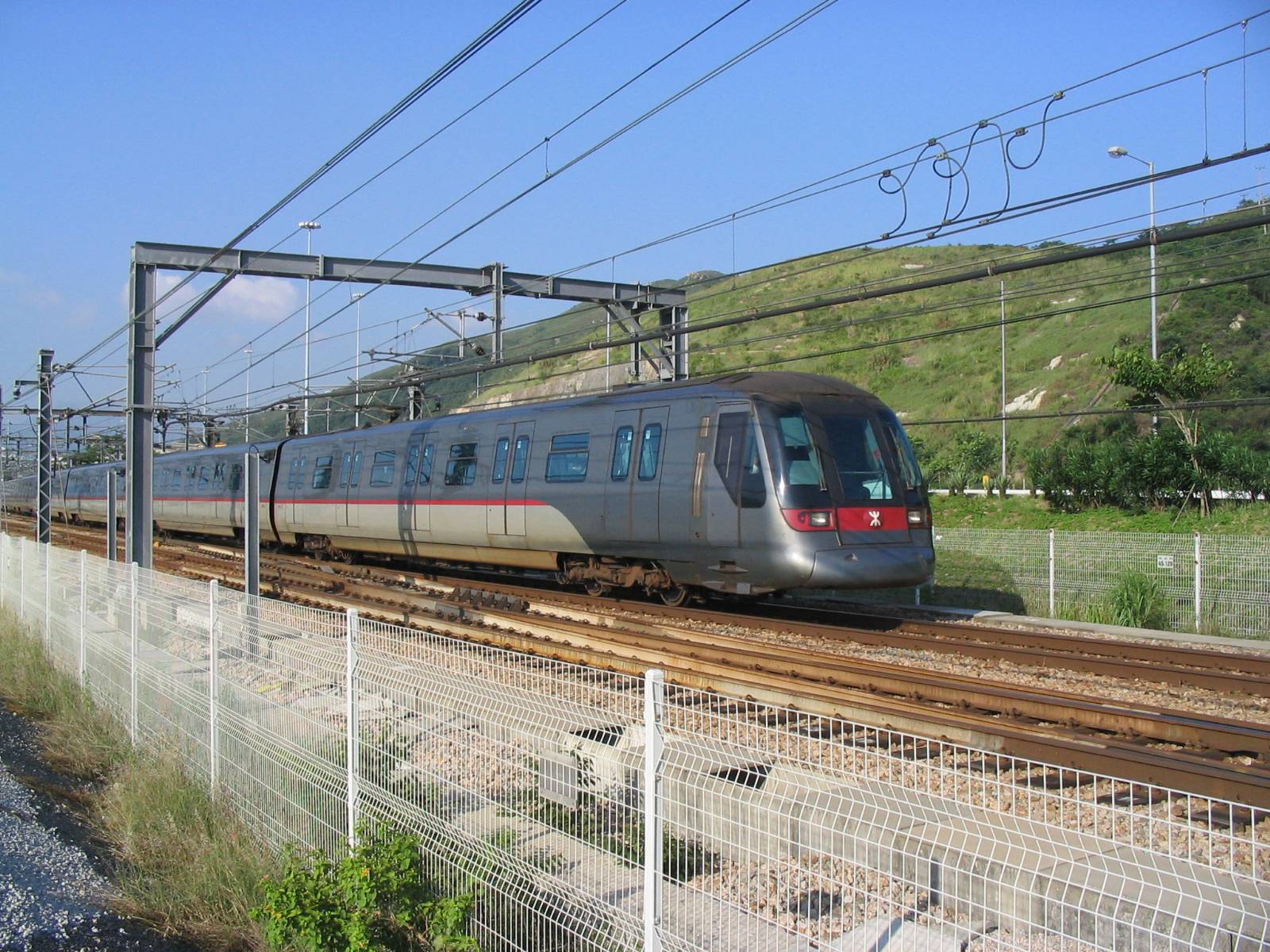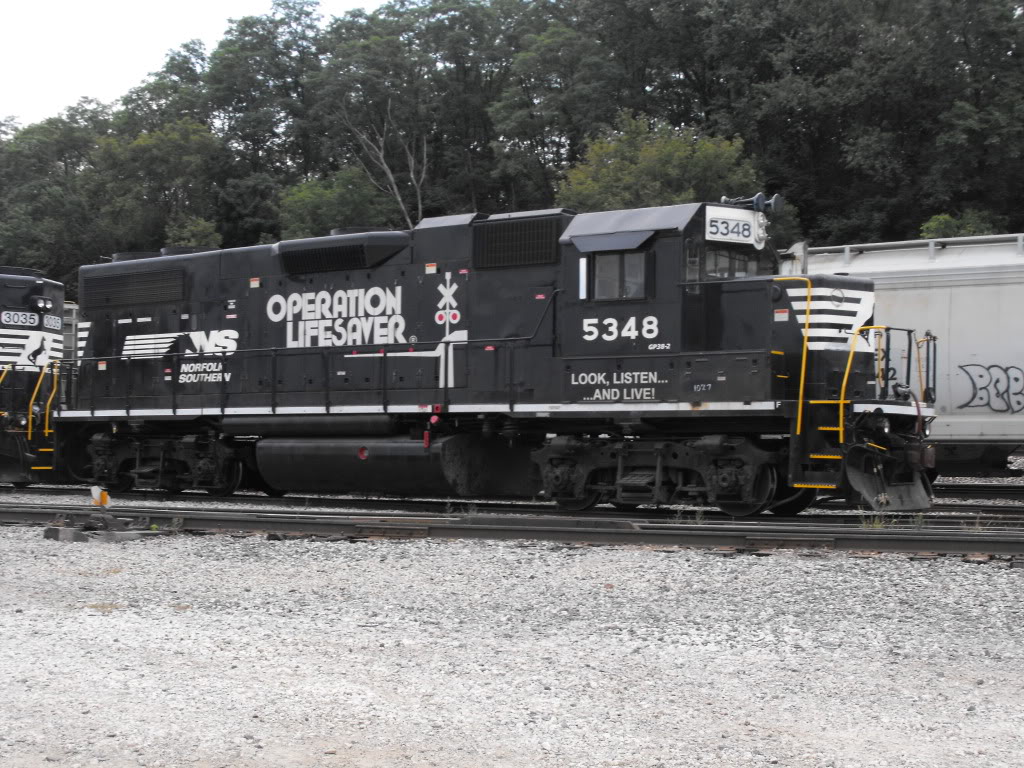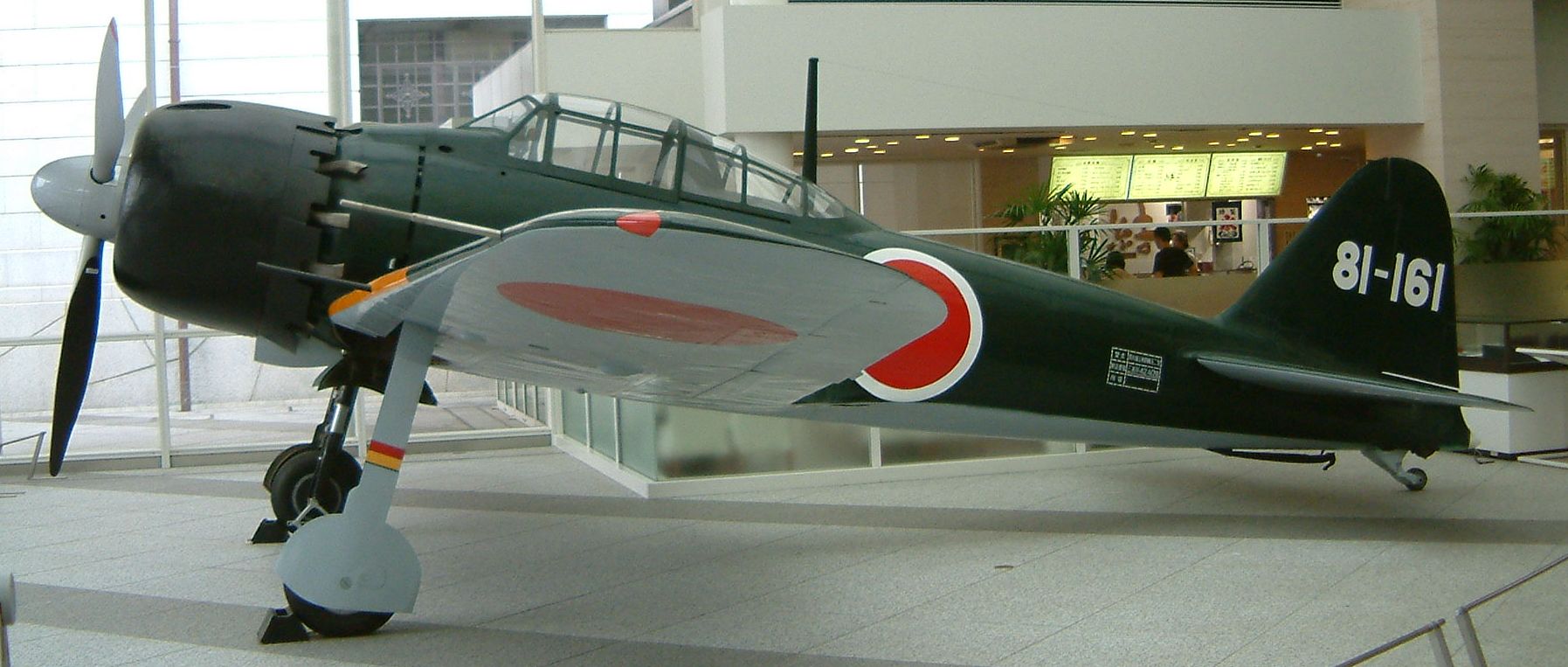|
Renfe Class 269
The Renfe Class 269 is a class of electric locomotives operated by Renfe in Spain. They were built by CAF and Macosa under license from Mitsubishi. Variants Multiple variants of the Class 269 exist: * 269.0: 80/140 km/h freight variant * 269.2: 100/160 km/h variant for intermodal and passenger trains * 269.5: 90/160 km/h variant for intermodal and freight trains * 269.7: variant for intermodal trains * 269.9: variant used for overnight services * Four rebuilt locomotives with streamlined cabs for operation File:269-307 in Barcelona.jpg, 269-307 in ''Estrella''-livery in June 2005 File:Bf León, 269 604.jpg, Streamlined 269 with a Talgo train in June 2004 Technical specifications The locomotives are equipped with monomotor bogies, which have two gears. They use rheostatic braking. History The locomotives were introduced in 1973. A total of 265 locomotives have been built. Four Class 269 locomotives were sold to Empresa de los Ferrocarriles del Estado Empresa de los F ... [...More Info...] [...Related Items...] OR: [Wikipedia] [Google] [Baidu] |
Construcciones Y Auxiliar De Ferrocarriles
Construcciones y Auxiliar de Ferrocarriles (Grupo CAF, literally "Construction and Other Railway Services") is a Spanish publicly listed company which manufactures railway vehicles and equipment and buses through its Solaris Bus & Coach subsidiary. It is based in Beasain, Basque Autonomous Community, Spain. Equipment manufactured by Grupo CAF includes light rail vehicles, rapid transit trains, railroad cars and locomotives, as well as variable gauge axles that can be fitted on any existing truck or bogie. Over the 20 years from the early 1990s, CAF benefited from the rail investment boom in its home market in Spain to become a world player with a broad technical capability, able to manufacture almost any type of rail vehicle. CAF has supplied railway rolling stock to a number of major urban transit operators around Europe, the US, South America, East Asia, India, Australia and North Africa. History ''CAF'' was an acronym for the earlier name of ''Compañía Auxiliar de Fer ... [...More Info...] [...Related Items...] OR: [Wikipedia] [Google] [Baidu] |
Empresa De Los Ferrocarriles Del Estado
Empresa de los Ferrocarriles del Estado (abbreviated EFE, lit. ''State Railway Company'') is the national railway and the oldest state-run enterprise in Chile. It manages the infrastructure and operating rail services in the country. Track gauge The track gauge is Indian gauge in the south and in the north. The Santiago Metro uses . History The company was created on January 4, 1884 by means of the purchase of the companies that exploited the longitudinal routes and the Santiago – Valparaíso route. Since then, the company acquired the railways of the sodium nitrate mining companies in the north of Chile. From 1913 on the network of the EFE extends from Iquique to Puerto Montt. Apart from the company, Chilean Army also built a small rail line, known to be Puente Alto-El Volcan Railway for Military purpose to safeguard from Argentina attacks, which were opened in 1914 and closed during 1985.Article "Trenes de Ciudad" by Marco Sandoval O., Magazine "En Tren" nº 9, ACCPF, ... [...More Info...] [...Related Items...] OR: [Wikipedia] [Google] [Baidu] |
Mitsubishi Locomotives
The is a group of autonomous Japanese multinational companies in a variety of industries. Founded by Yatarō Iwasaki in 1870, the Mitsubishi Group historically descended from the Mitsubishi zaibatsu, a unified company which existed from 1870 to 1946. The company was disbanded during the occupation of Japan following World War II. The former constituents of the company continue to share the Mitsubishi brand and trademark. Although the group of companies participate in limited business cooperation, most famously through monthly "Friday Conference" executive meetings, they are formally independent and are not under common control. The four main companies in the group are MUFG Bank (the largest bank in Japan), Mitsubishi Corporation (a general trading company), Mitsubishi Electric and Mitsubishi Heavy Industries (both diversified manufacturing companies). History The Mitsubishi company was established as a shipping firm by Iwasaki Yatarō (1834–1885) in 1870 under the name ... [...More Info...] [...Related Items...] OR: [Wikipedia] [Google] [Baidu] |
Electric Locomotives Of Spain
Electricity is the set of physical phenomena associated with the presence and motion of matter that has a property of electric charge. Electricity is related to magnetism, both being part of the phenomenon of electromagnetism, as described by Maxwell's equations. Various common phenomena are related to electricity, including lightning, static electricity, electric heating, electric discharges and many others. The presence of an electric charge, which can be either positive or negative, produces an electric field. The movement of electric charges is an electric current and produces a magnetic field. When a charge is placed in a location with a non-zero electric field, a force will act on it. The magnitude of this force is given by Coulomb's law. If the charge moves, the electric field would be doing work on the electric charge. Thus we can speak of electric potential at a certain point in space, which is equal to the work done by an external agent in carrying a unit of positiv ... [...More Info...] [...Related Items...] OR: [Wikipedia] [Google] [Baidu] |
Railway Gazette International
''Railway Gazette International'' is a monthly business magazine and news website covering the railway, metro, light rail and tram industries worldwide. Available by annual subscription, the magazine is read in over 140 countries by transport professionals and decision makers, railway managers, engineers, consultants and suppliers to the rail industry. A mix of technical, commercial and geographical feature articles, plus the regular monthly news pages, cover developments in all aspects of the rail industry, including infrastructure, operations, rolling stock and signalling. History ''Railway Gazette International'' traces its history to May 1835 as ''The Railway Magazine'', when it was founded by Effingham Wilson. The ''Railway Gazette'' title dates from July 1905, created to cover railway commercial and financial affairs. In April 1914 it merged with ''The Railway Times'', which incorporated '' Herapath's Railway Journal'', and in February 1935 it absorbed the ''Railway ... [...More Info...] [...Related Items...] OR: [Wikipedia] [Google] [Baidu] |
Rheostatic Braking
Dynamic braking is the use of an electric traction motor as a generator when slowing a vehicle such as an electric or diesel-electric locomotive. It is termed " rheostatic" if the generated electrical power is dissipated as heat in brake grid resistors, and " regenerative" if the power is returned to the supply line. Dynamic braking reduces wear on friction-based braking components, and regeneration lowers net energy consumption. Dynamic braking may also be used on railcars with multiple units, light rail vehicles, electric trams, trolleybuses, and electric and hybrid electric automobiles. Principle of operation Converting electrical energy to the mechanical energy of a rotating shaft (electric motor) is the inverse of converting the mechanical energy of a rotating shaft to electrical energy (electric generator). Both are accomplished through the interactions of armature windings with a (relatively) moving external magnetic field, with the armature connected to an el ... [...More Info...] [...Related Items...] OR: [Wikipedia] [Google] [Baidu] |
Monomotor
A monomotor is a train design where a single traction motor powers two or three axles in the same bogie. Conventional bogie design involves either having one motor for each axle, or having one or more axles unpowered. The monomotor design causes the motor to give both axles the same number of revolutions per minute. Advantages The monomotor design makes it relatively easy to fit a locomotive with two-speed gearing. Low gear A gear train is a mechanical system formed by mounting gears on a frame so the teeth of the gears engage. Gear teeth are designed to ensure the pitch circles of engaging gears roll on each other without slipping, providing a smooth transmission ... is used when hauling freight trains and high gear is used when hauling express passenger trains. Potential problems When both axle's wheels are equally worn, this gives good operating conditions but, as soon as one of the wheels becomes slightly more worn (as is inevitable with steel wheels on steel rails), ther ... [...More Info...] [...Related Items...] OR: [Wikipedia] [Google] [Baidu] |
Mitsubishi
The is a group of autonomous Japanese multinational companies in a variety of industries. Founded by Yatarō Iwasaki in 1870, the Mitsubishi Group historically descended from the Mitsubishi zaibatsu, a unified company which existed from 1870 to 1946. The company was disbanded during the occupation of Japan following World War II. The former constituents of the company continue to share the Mitsubishi brand and trademark. Although the group of companies participate in limited business cooperation, most famously through monthly "Friday Conference" executive meetings, they are formally independent and are not under common control. The four main companies in the group are MUFG Bank (the largest bank in Japan), Mitsubishi Corporation (a general trading company), Mitsubishi Electric and Mitsubishi Heavy Industries (both diversified manufacturing companies). History The Mitsubishi company was established as a shipping firm by Iwasaki Yatarō (1834–1885) in 1870 under the n ... [...More Info...] [...Related Items...] OR: [Wikipedia] [Google] [Baidu] |
Electric Locomotive
An electric locomotive is a locomotive powered by electricity from overhead lines, a third rail or on-board energy storage such as a battery or a supercapacitor. Locomotives with on-board fuelled prime movers, such as diesel engines or gas turbines, are classed as diesel-electric or gas turbine-electric and not as electric locomotives, because the electric generator/motor combination serves only as a power transmission system. Electric locomotives benefit from the high efficiency of electric motors, often above 90% (not including the inefficiency of generating the electricity). Additional efficiency can be gained from regenerative braking, which allows kinetic energy to be recovered during braking to put power back on the line. Newer electric locomotives use AC motor-inverter drive systems that provide for regenerative braking. Electric locomotives are quiet compared to diesel locomotives since there is no engine and exhaust noise and less mechanical noise. The lack of ... [...More Info...] [...Related Items...] OR: [Wikipedia] [Google] [Baidu] |
Macosa
Stadler Rail Valencia SAU is a Spanish company, mainly producing products for the railway industry, subsidiary of Stadler Rail. History MACOSA The Company was founded in 1947 with the name Material y Construcciones S.A. (or MACOSA) by the merger of the Valencian company ''Construcciones Devis'' (founded by Talleres Devis in 1879) and the ''Sociedad Material para Ferrocarriles y Construcciones S.A.'' of Barcelona; this coincided with the beginning of the industrialisation of Spain. Initially the organisation was not entirely rail orientated, producing buses, trolleys and other road based transportation systems. In the years following its formation the company expanded, with the Valencia plant gaining a 50,000m2 extensionLocomotoras, vapor e ingeniería industrial Subsection: Artí ... [...More Info...] [...Related Items...] OR: [Wikipedia] [Google] [Baidu] |
Rheostatic Braking
Dynamic braking is the use of an electric traction motor as a generator when slowing a vehicle such as an electric or diesel-electric locomotive. It is termed " rheostatic" if the generated electrical power is dissipated as heat in brake grid resistors, and " regenerative" if the power is returned to the supply line. Dynamic braking reduces wear on friction-based braking components, and regeneration lowers net energy consumption. Dynamic braking may also be used on railcars with multiple units, light rail vehicles, electric trams, trolleybuses, and electric and hybrid electric automobiles. Principle of operation Converting electrical energy to the mechanical energy of a rotating shaft (electric motor) is the inverse of converting the mechanical energy of a rotating shaft to electrical energy (electric generator). Both are accomplished through the interactions of armature windings with a (relatively) moving external magnetic field, with the armature connected to an el ... [...More Info...] [...Related Items...] OR: [Wikipedia] [Google] [Baidu] |








